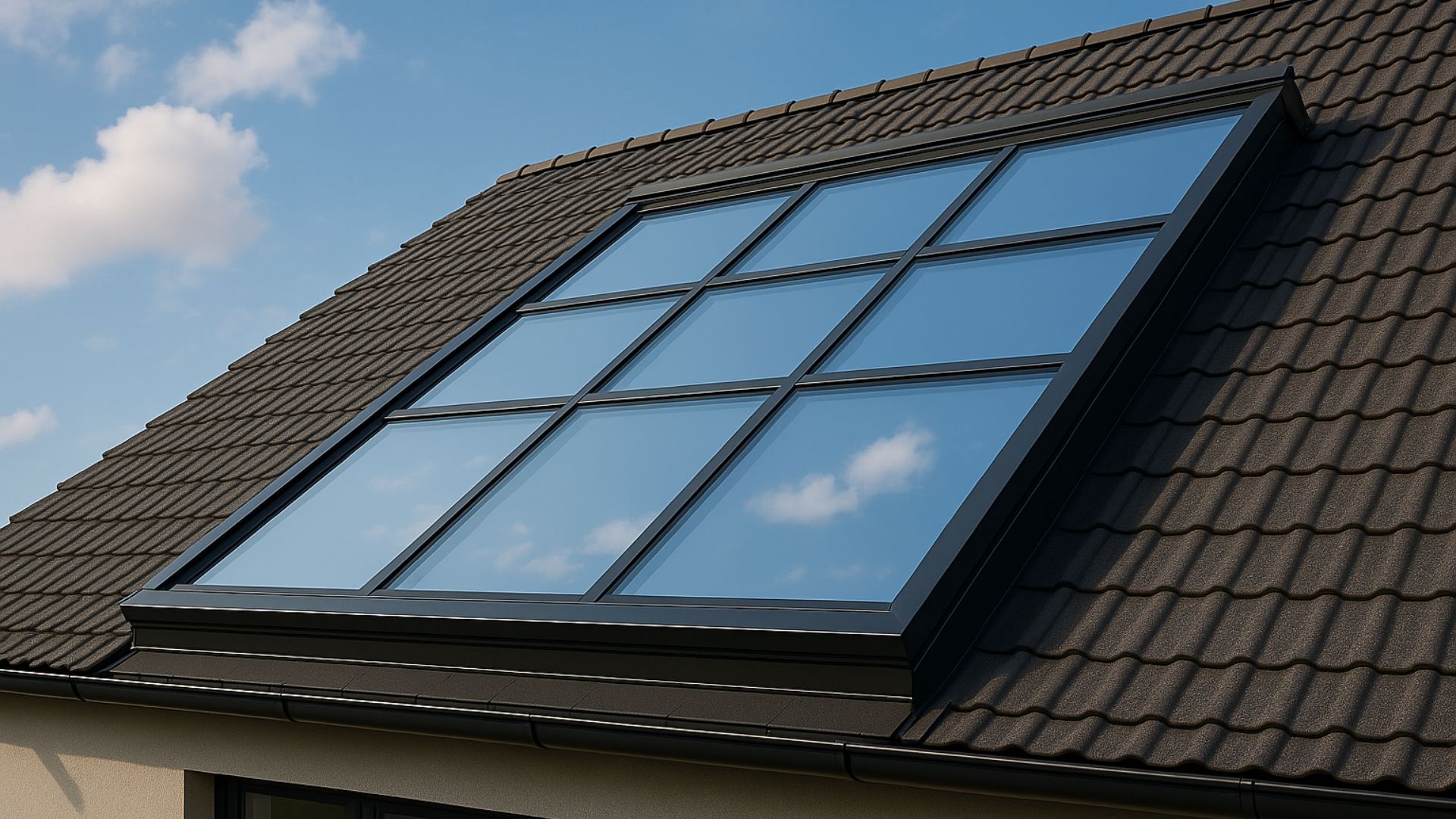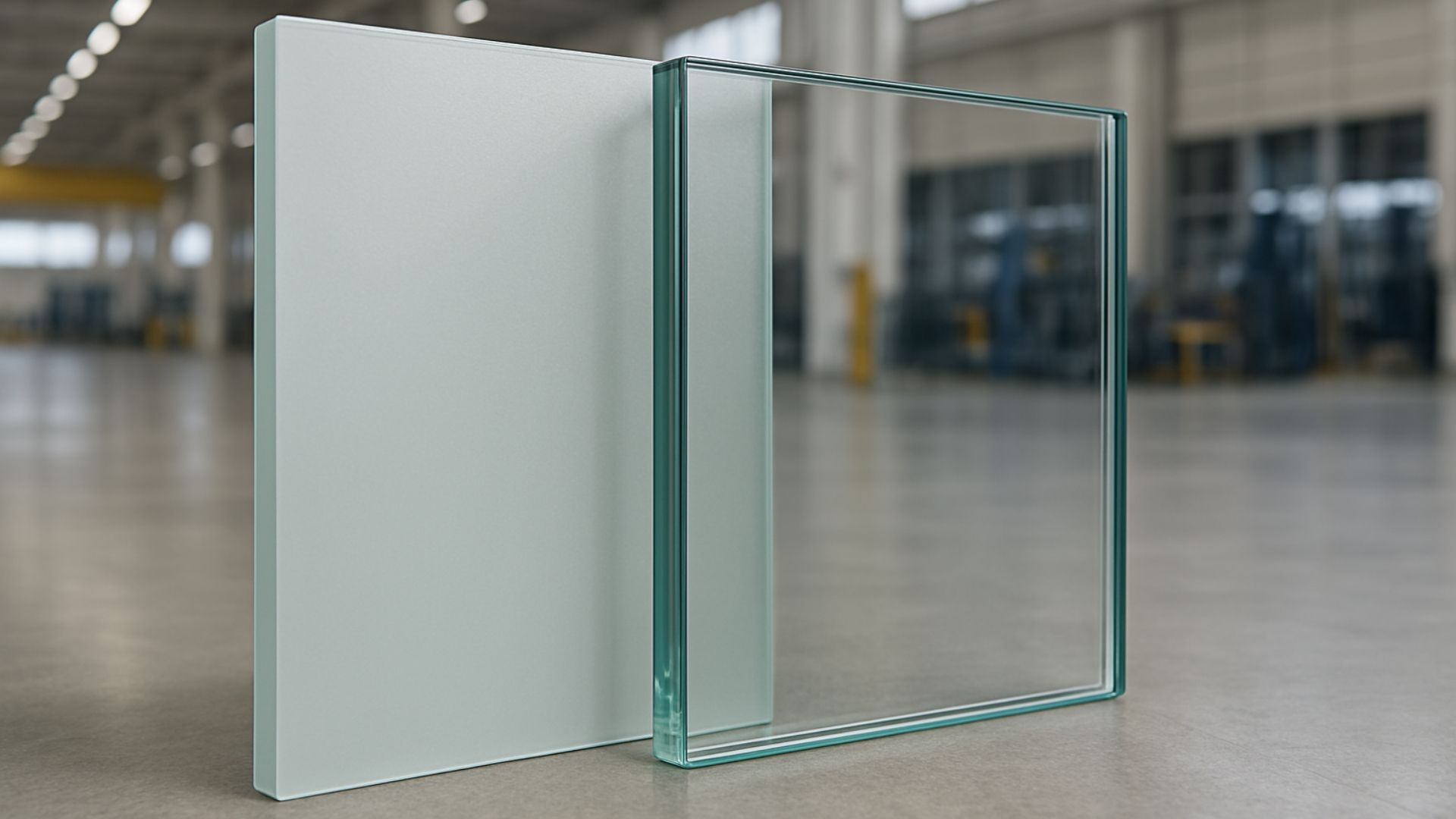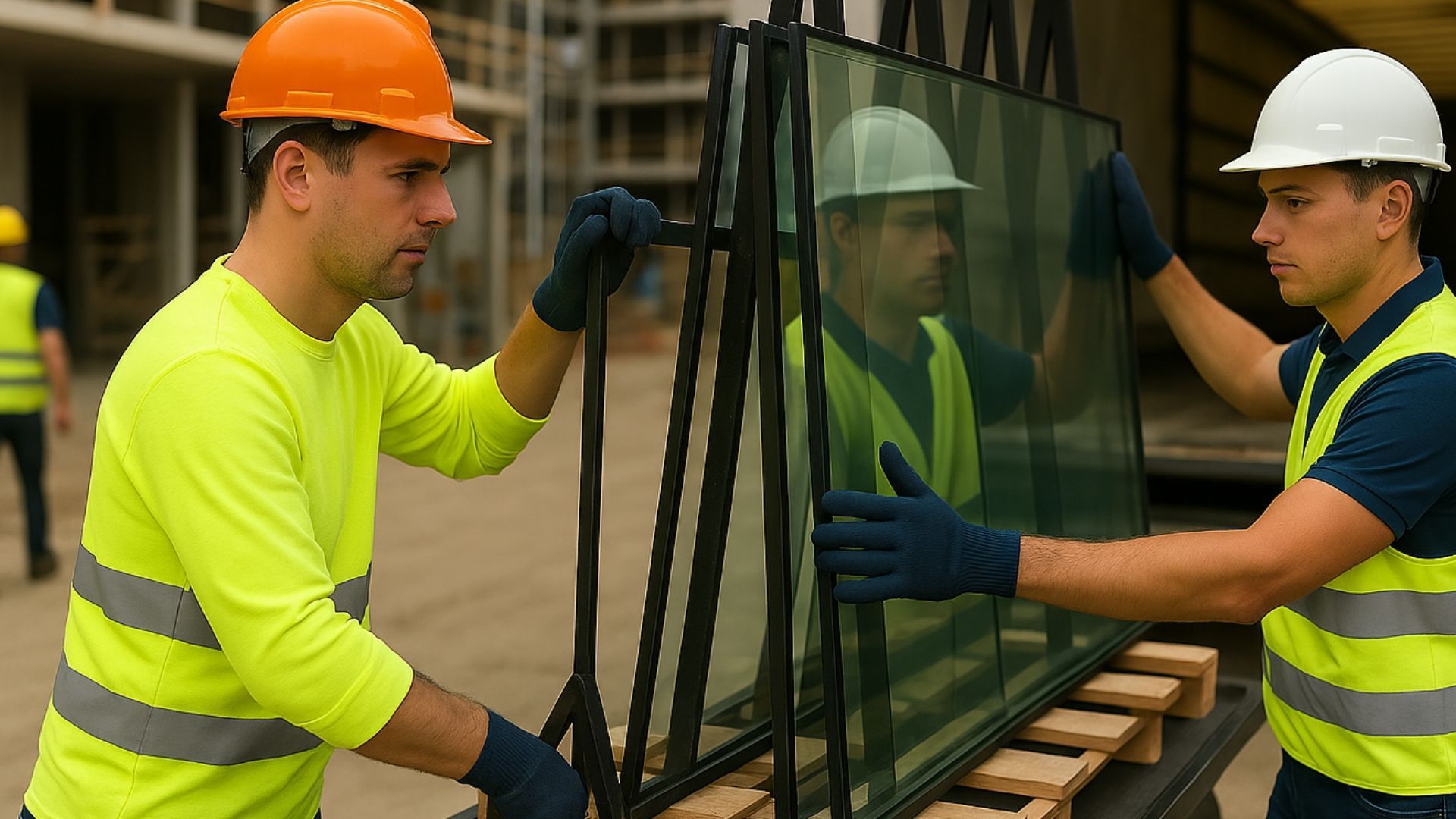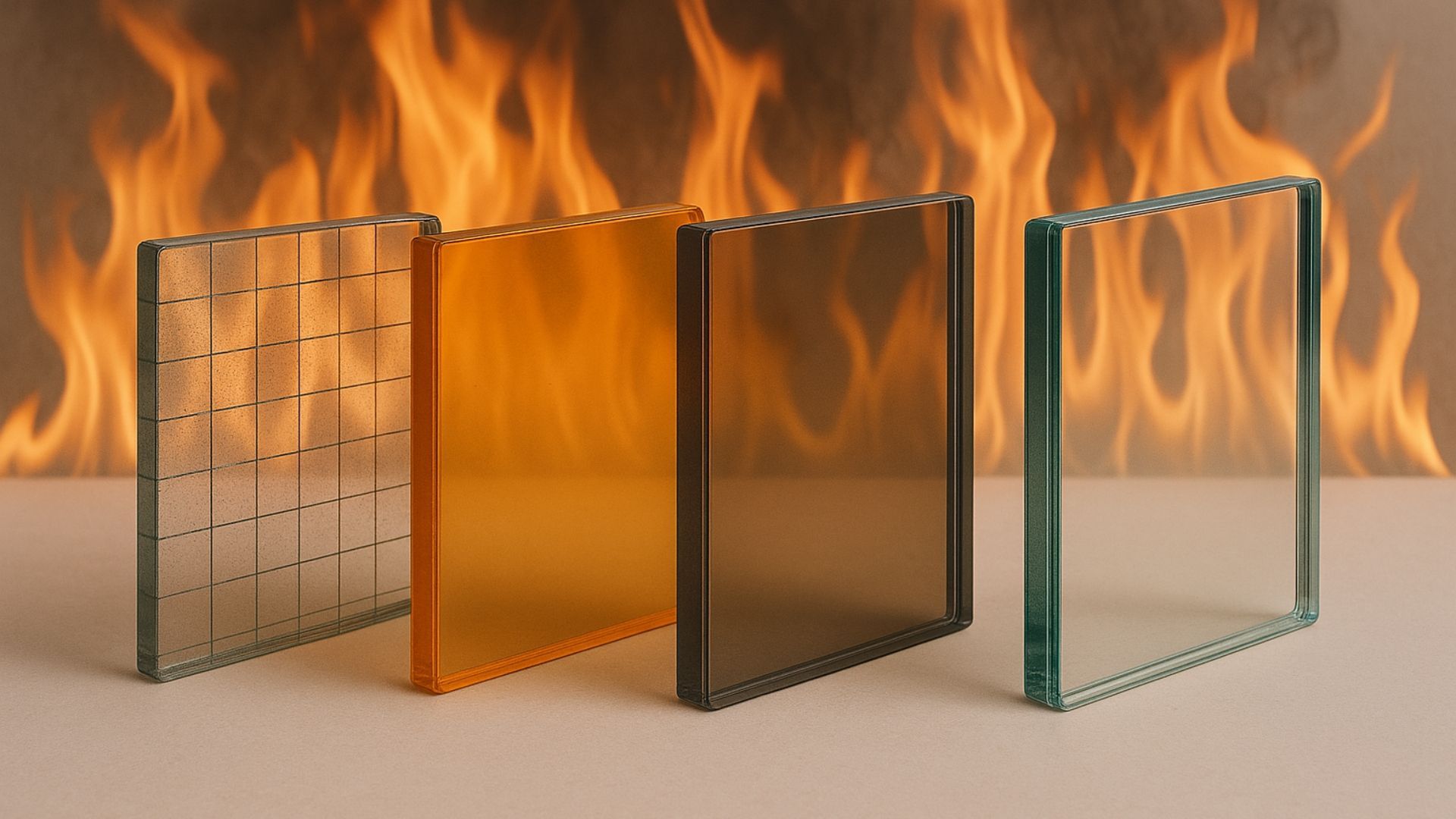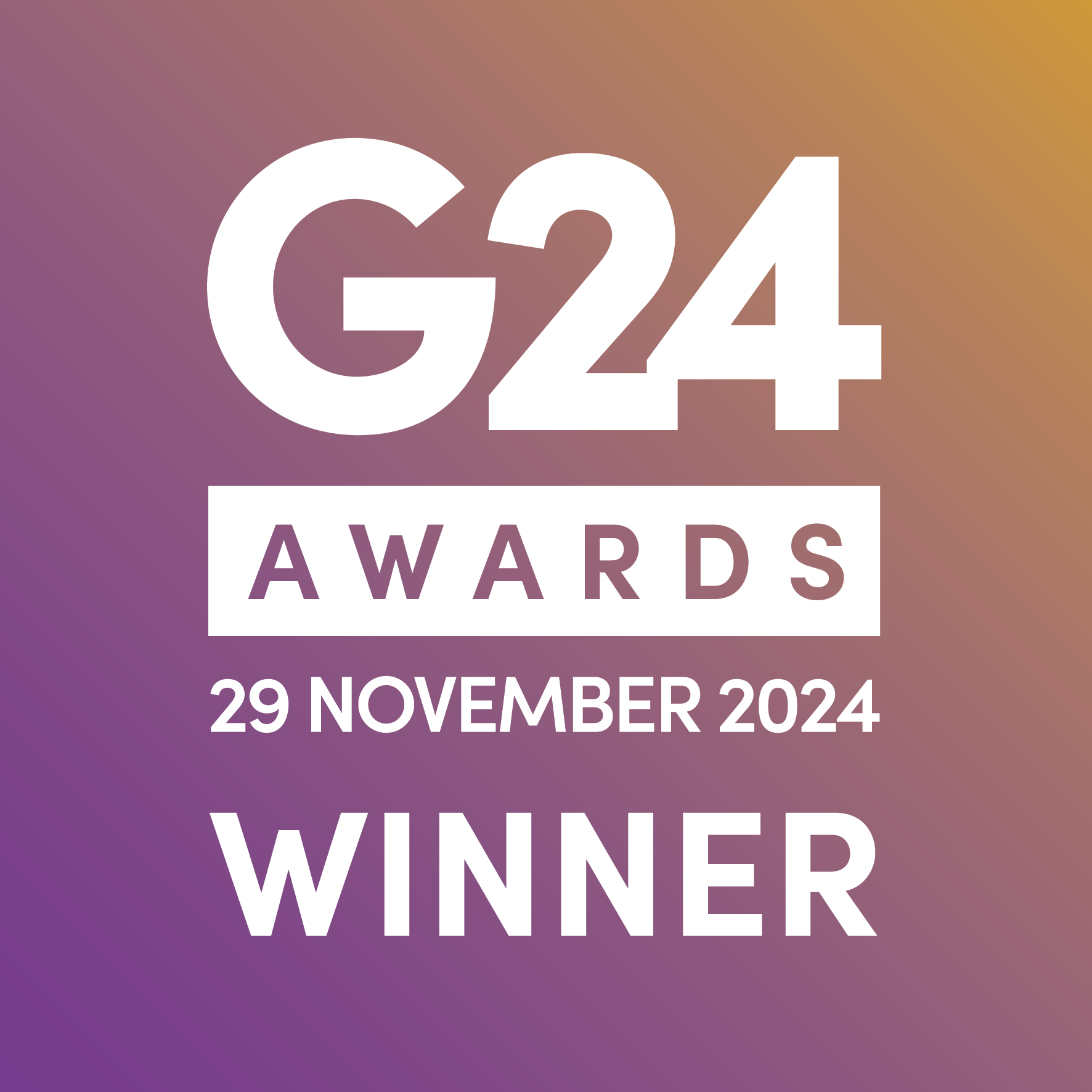Glass industry trends and predictions for 2025
Share this blog:
The glass industry is developing all the time. What could 2025 bring? Track the trends in our guide.

The glass industry never sleeps. You might think it's one of those evergreen industries that simply provides essential products year on year. In fact, it's changing all the time.
Standard glass products are becoming ever more thermally efficient, durable and secure. Meanwhile, novel products like self-cleaning glass,
smart glass and ultra-thin glass are growing in demand.
The current drive for sustainability in the construction industry means thermally efficient glass has never been more in demand. Meanwhile, a construction boom in APAC and Latin America is sending traditional glass products into a boom period.
Here at ToughGlaze, we embrace changes in the industry and are always looking for ways to upgrade our processes and products.
We don't have a crystal ball and we can't tell you exactly how the glass industry will change in 2025. However, industry data suggests there are several areas set for expansion. Here are five of them.
1. Environmental solutions
For many architects, designers and clients, sustainability is now a top priority. And it looks as though glass will play a significant role in the pursuit of carbon neutrality. Low-E glass and solar control glass are both expected to skyrocket in sales in the coming year.
The automotive market, too, has a renewed appetite for glass thanks to the rise of electric vehicles. Many have an enhanced design where the windscreen, roof and rear window are one integrated panel. This isn't just about style – it also maximises the amount of sunlight that can enter the vehicle.
Most models use
laminated glass for windscreens and side door windows. This is a type of glass that sandwiches a plastic interlayer between two panes of glass. The result is a type of safety glass that can withstand substantial pressure.
When laminated glass breaks, it maintains its structural integrity. The affected pane cracks but doesn't shatter. This has long been the material for car windscreens. The growth of the EV industry ensures it will continue to be in demand in 2025.

2. Flat glass
The flat glass market is never out of demand. But it could be entering a boom period as automotive and construction industries pick up across the world.
It's not just that areas like Latin America are heavily investing in buildings that need flat glass. It's also that governments across the world are investing in solar panels and retrofitting buildings to improve their energy efficiency.
The protective shield you see on solar panels is made from flat glass, as are many smart glass technologies.
It's a testament to the versatility of flat glass that it's gone from being a staple product to a critical component in forward-thinking technologies.
The global flat glass market size was estimated at $311.44 billion in 2025 – and it's forecast to grow at a compound annual growth rate (CAGR) of 4.6% from 2025 to 2030.
3. Ultra-thin glass
TVs. Computers. Laptops. Smartphones. Smart watches. Sensors. Energy storage devices. Semiconductors. None of them could exist in their current form were it not for ultra-thin glass.
The global market is growing all the time thanks to rising demand for flat panel displays in China, the USA, South Korea and India. As long as people buy TVs, computers and laptops, ultra-thin glass will be in demand.
This growth is reflected in its market size. In 2018, it was valued at $14.17 billion and it's estimated to be growing at a CAGR of 10.1% from 2019 to 2025.
It's gone from a niche product to an essential resource in a matter of years. Will historians of the future one day call the 21st century The Age of Ultra-Thin Glass?
4. Switchable smart glass
Imagine a pane of glass that can change from transparent to opaque. A pane of glass that can be operated like a dimmer switch with the click of a button or a simple voice command.
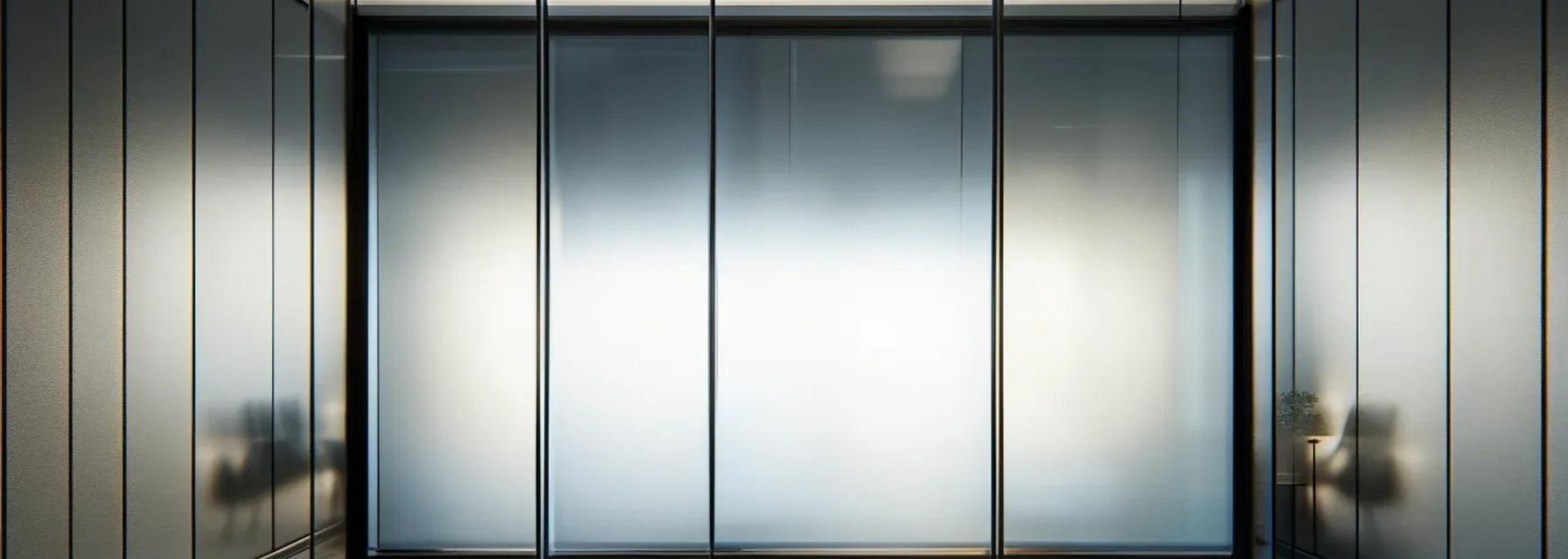
You don't need to imagine anymore: it's here. Switchable smart glass provides privacy on demand, improved solar control and (let's face it) a touch of class to domestic and commercial settings worldwide.
2025 is likely to see growth in the smart building sector – and it's likely switchable smart glass will play an ever-increasing role in the Internet of Things.
5. Self-cleaning glass
Good-quality glass is easy to maintain but still requires elbow grease. Could self-cleaning glass put an end to the tyranny of the squeegee?
It's an innovative product with hydrophilic and photocatalytic properties – or, in plain English, the capacity to break down dirt and avoid streaks from rainwater. Sure, it still needs the odd wipe-down, but far less often and far less intensively than with standard glass.
Self-cleaning glass can be used in high-rise windows and facades, solar panels, conservatories and windscreens. Implemented well, it can reduce maintenance costs and improve solar control.
If the economists are to be believed, its market share could grow at a CAGR of 5.9% between now and 2030. Either way, it's a forward-thinking product that can make a real difference to buildings and vehicles of all shapes and sizes.
Conclusion
At ToughGlaze, we're proud to be on the vanguard of glass fabrication. We embrace innovative new solutions like smart glass and always keep up-to-date with industry news.
To take just one example, we manufacture
TG SWITCH, a state-of-the-art switchable smart glass product. Like all products in our range, it can be cut to meet your measurements and is processed, treated and delivered all from our state-of-the-art facilities.
Whatever toughened or laminated glass product you're looking for, we can help.
Get in touch with your requirements today – we'd love to fix you up with the right materials for the job.
